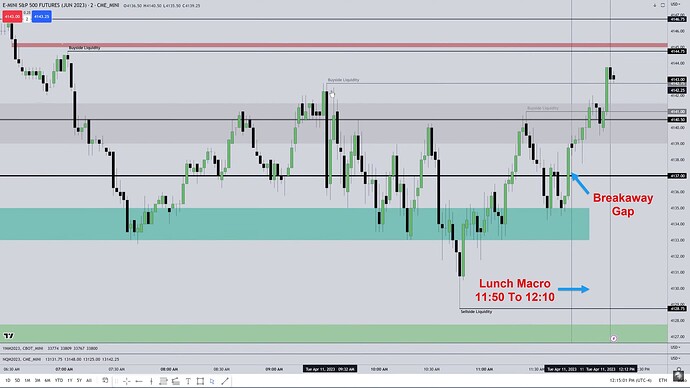Notes
- Watching price action, experiencing market fluctuations, and making mistakes are necessary parts of learning to trade.
- Understanding when to push a trade is key, but knowing when not to enter a trade is equally important. Waiting for the market to present clear opportunities and avoiding “gambling” behavior is critical.
- Ideal short trades happen when the price respects bearish imbalances, especially in risk-off scenarios where indices are moving lower in sync with a rising dollar.
- Ideal long trades happen when the price respects bullish imbalances, especially in risk-on scenarios where indices are moving higher in sync with a falling dollar.
- When all indices (ES, NQ, YM) and the dollar index (DXY) move in a predictable direction without much consolidation (Low Resistance Liquidity Runs), we refer to this situation as “Symmetrical Markets”. Such conditions are excellent for new traders.
- Michael suggests taking partial profits when signs of market indecision appear rather than holding out for a full target, especially when warning signs like lack of momentum appear.
- Boredom is a sign that a trader is learning to avoid impulsive decisions. Trading should be boring. Successful traders maintain calm, detached mindsets.
- Liquidity runs tend to occur during lunch hours, going against the morning’s direction.
- Lunch macro occurs from 11:50 a.m. to 12:10 p.m.
- Once the price forms a candle whose body is laid over the Volume Imbalance, this PD array becomes useless, and we can remove it from the chart.
ICT Breakaway Gap And Lunch Macro
ICT Volume Imbalance
Next lesson: 2023 ICT Mentorship - E-mini S&P 500 Review: April 12
Previous lesson: 2023 ICT Mentorship - AM Session Live Tape Reading: March 31

